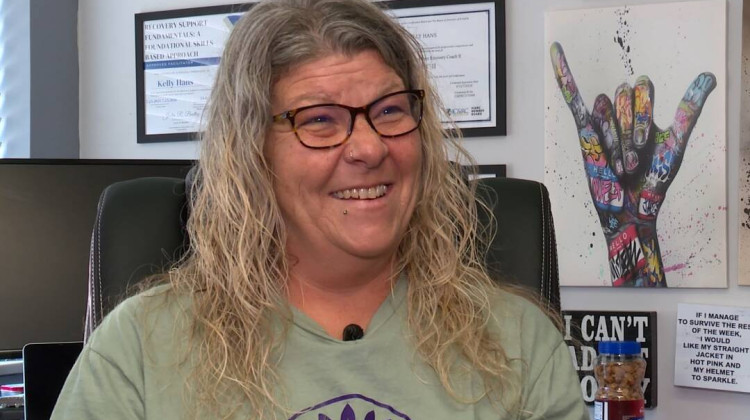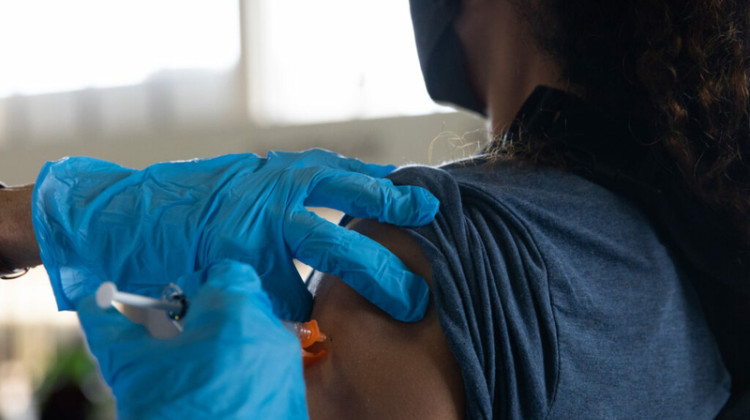
Over the course of 2021, less than 0.3 percent of hospitalizations are people who were admitted to the hospital for something else and then tested positive for COVID-19.
Justin Hicks/IPB NewsA new piece of COVID-19 misinformation claims that most of the summer surge of hospitalizations are actually people who aren’t really sick.
The claim is based on a study that tested whether COVID-19 hospitalizations were a valid marker of the severity of illness. Using hospitalization data from VA hospitals across the country, it found that nearly 50 percent of veterans admitted for COVID-19 weren’t severely ill.
An Atlantic article making the rounds suggests that data can be extrapolated nationwide.
The VA system is a closed health care system that treats a lot of high-risk patients. Indiana University Northwest economics professor Micah Pollak said VA hospitals may have been extra cautious in admitting COVID-19 patients because of the close public scrutiny those facilities have received over the treatment of veterans.
Another important factor for the data: the study’s post-vaccine data was when the country was hitting record-lows for cases. Case numbers and hospitalizations have skyrocketed again as the delta variant has spread.
Pollak said the findings in the study aren’t necessarily flawed, but the study hasn’t yet been peer-reviewed and the data is based on very specific conditions — veterans admitted to VA hospitals.
Which is not how Indiana’s data plays out. The U.S. Department of Health and Human Services releases data on patients who tested positive after they were admitted versus total COVID-19 admissions.
"Of the 2,500 people who are currently hospitalized for COVID-19 in Indiana, there are currently three of them – that were admitted to the hospital for some other condition and then ultimately tested positive," Pollak said. “So these are really tiny numbers.”
Over the entire course of 2021? Pollak said that’s less than 0.3 percent.
But he also understands a little bit why some of these false claims take hold. This particular claim was recycled from summer 2020 – when the curve had been flattened and there was a real desire to get back to normal, even without vaccinations.
"Rather than sit and realize, hey, this virus is killing thousands of people a day in the United States – it’s much easier, mentally, to say, well, that must be wrong. And here’s a reasonable explanation, so that I can kind of latch on to that instead of, kind of, realizing what’s actually going on," Pollak said.
READ MORE: How Is Indiana Distributing COVID-19 Vaccines? Here's What You Need To Know
Join the conversation and sign up for the Indiana Two-Way. Text "Indiana" to 73224. Your comments and questions in response to our weekly text help us find the answers you need on COVID-19 and other statewide issues.
He said as the state hits another wave or a new variant moves through the population, he’s seeing people reach out for simple – though incorrect – explanations a lot more.
Contact Lauren at lchapman@wfyi.org or follow her on Twitter at @laurenechapman_.
 DONATE
DONATE






 Support WFYI. We can't do it without you.
Support WFYI. We can't do it without you.